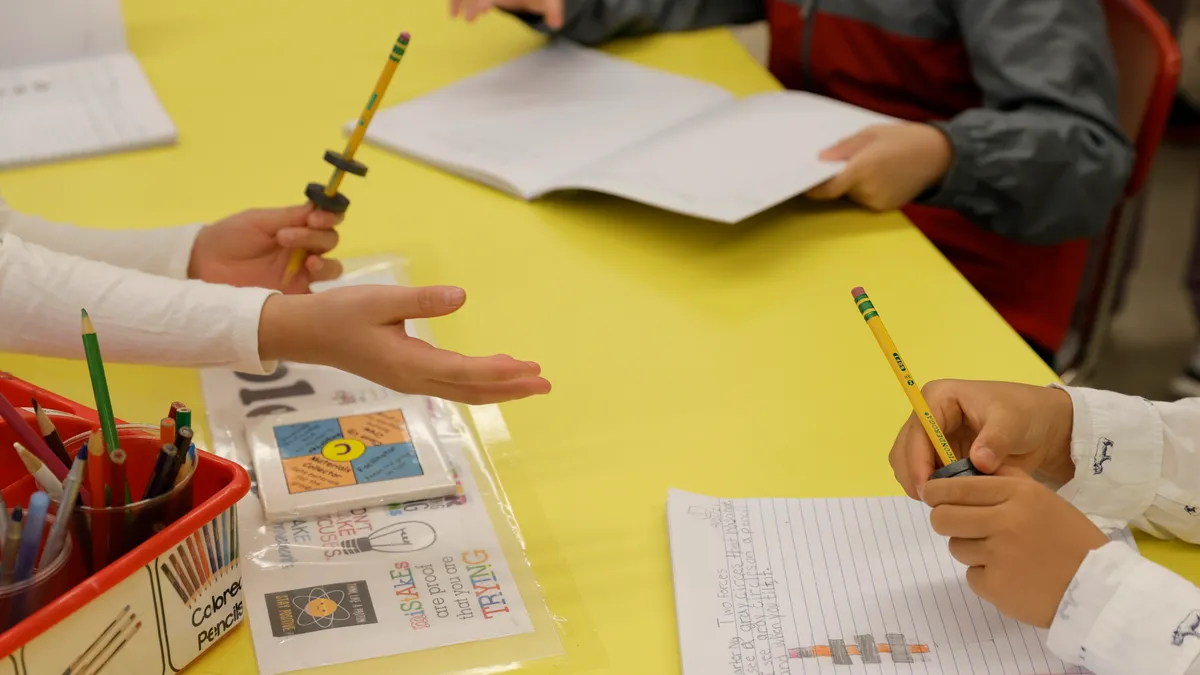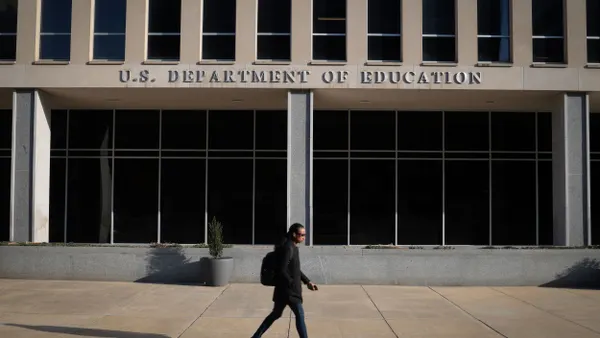Dive Brief:
- When working to make assignments more authentic for students, teachers should consider adopting strategies such as collaboration, multiple perspectives and real-life relevance, which can be used both virtually and in-person, Samantha Shane, a New Jersey-based English Language Arts teacher, writes for Edutopia.
- These kinds of assignments also align with Common Core State Standards, which can be mined as well when crafting authentic projects for classes. Teachers can offer students options that range from blogging or vlogging to writing a community newsletter that reflects details about what’s happening in their classroom.
- Students can work alone or together in groups, creating presentations that engage their peers, developing quizzes their classmates can take, or entering competitions and contests. In the end, optimally, students will strengthen their critical thinking skills, which can help them while in school and when they enter the real-world.
Dive Insight:
When classes are encouraged to make a real-world connection with subject matter, it helps assignments feel more authentic and personal, potentially sparking students' interest in what they’re learning. And educators can help learners find those connections by allowing them to select assignments that appeal to them.
In having a choice in the topic, or even the project they’re going to work on, students may then feel more confident and less nervous as they progress through their work.
These kinds of projects also help students build crucial critical thinking skills by having them reflect, analyze and apply an assignment to details in their own lives, or something that feels relevant to them.
Certainly, assignments that tap into popular culture may help to make classwork feel more relevant to students' lives. Options can include allowing them to analyze storylines from well-known films, plays, TV shows or digital shorts on YouTube. Educators can also tie assignments to well-known events, including sporting events like the Tour de France or Olympics.
By expanding formats and including digital and collaborative tools, students can also learn how to work together by teaming up on a final project. Opportunities include building a choice board and designing a virtual chart or a digital display.












